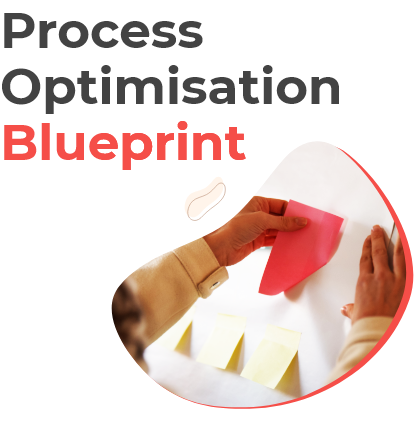What is Process Mapping?
Process mapping is a process that helps you identify the steps in your business processes and to understand where problems might occur. This blog post will introduce you to the process of creating a process map, so that you can see how this technique can help improve your business.
What is process mapping and what is its purpose?
Process mapping is a technique for simplifying complex systems. It’s important to visually represent the whole process because it not only helps you see where things are breaking down, but also allows your team members to spot problems before they become more serious.

Processes can be complicated and difficult enough on their own without having any hiccups or bottlenecks that slow them down even further; this is why utilising process maps in planning makes sense as an easy way of seeing what needs improvement from start-to-finish!
A process map is also called a process flowchart, because it shows who and what are involved in the creative process. It can be used by any business or organisation to identify areas for improvement in your workflow!
Process mapping allows you to see where the gaps and disconnects are in your processes. It also helps identify bottlenecks that might be slowing down work, as well as areas for process improvement.

The goal is for business owners or managers is to understand how their employees operate when performing a task, so they can better plan for growth opportunities or bottlenecks within the process.
Interesting Read: What is BPM and How to Decide When You Need It?
People might be able to process a task more efficiently than the current way, or you may find that certain jobs could be combined.
When you create a process map, you’re striving to capture the current process in its entirety, and identify gaps or opportunities for improvement.
Process mapping can be an easy way to make any business more efficient. One of the best things about it is that people don’t need a lot of training before they can start documenting their processes.
What are the different levels of process mapping?
Process mapping is a part of Six Sigma. Process maps are created at three different levels of detail. Process mapping is a widely accepted practice that can be used to analyse the efficiency of a process.
There are different levels of process mapping which organisations use when analysing their business:
The Macro Process Map – The Overall Process Chart
To make a complex process more manageable, leadership creates an organised “big picture” perspective of the organisation’s processes. From this high-level map they can see how to position resources and products in complementary ways that help create quality service for customers.
– Activities that relate to one major step of a process
– Visual representation of the steps involved in completing a process, usually focusing on the major tasks.
– The process is straightforward and can be done with minimal understanding.
The Flow Process Chart
The “worker bee” process map is the one for identifying all of the major steps a person takes to complete a task. It’s easy when you think about it as an assembly line: we need someone who knows what they’re doing and can put together everything from start to finish, with every step accounted for so nothing gets missed! Within this business process mapping level, there are 4 types of process maps:

– Linear process mapping – follows a straight path.
– Swim Lane – A technique that can be used to define the responsibilities of each team member and track their progress over time.
– SIPOC- represents the various stakeholders in the process: suppliers, inputs, process, outputs, and customers. While the basic idea behind process mapping is simple, it becomes more complicated once you take into account these other contributing factors.
Suppliers are part of your marketplace; inputs help to produce whatever you’re making on-site; processes describe how things move while being manufactured or during various phases in the supply chain from start to finish ; and customers are the end beneficiary of the process.
– Value Stream Map – A map that visualises the metrics of given steps in a process.
The Benefits
By visualising the different things involved in the process, mapping inputs and outputs, or decision points, there are several benefits that you can experience:
– Make a process as simple and easy-to-understand as possible.
– Evaluate how you can make the processes in your business better
– A way to show others how a process is done-a simple demonstration.
– Record the process in detail and provide clear explanations of steps
These are only some of the benefits of process maps, and there are many more. Whether you are mapping your value stream, sub process, or even your entire process – this activity can help you start with effective process management.
Are you tired of…
Messy, manual processes that can't be scaled?
We work with operations leaders looking to digitally transform their manual back-office processes and procedures.
We combine your existing business processes with our software, plus decades of enterprise process re-engineering and change management experience to quickly scale and see the results you are looking for.





